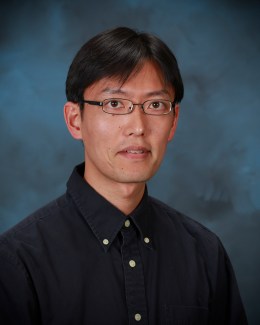Abstract
A novel adsorbent preparation method using atom-transfer radical polymerization (ATRP) combined with radiation-induced graft polymerization (RIGP) was developed to synthesize an adsorbent for uranium recovery from seawater. The ATRP method allowed a much higher degree of grafting on the adsorbent fibers (595–2818%) than that allowed by RIGP alone. The adsorbents were prepared with varied composition of amidoxime groups and hydrophilic acrylate groups. The successful preparation revealed that both ligand density and hydrophilicity were critical for optimal performance of the adsorbents. Adsorbents synthesized in this study showed a relatively high performance (141–179 mg/g at 49–62 % adsorption) in laboratory screening tests using a uranium concentration of ~6 ppm. This performance is much higher than that of known commercial adsorbents. However, actual seawater experiment showed impeded performance compared to the recently reported high-surface-area-fiber adsorbents, due to slow adsorption kinetics. The impeded performance motivated an investigation of the effect of hydrophilic block addition on the graft chain terminus. The addition of hydrophilic block on the graft chain terminus nearly doubled the uranium adsorption capacity in seawater, from 1.56 mg/g to 3.02 mg/g. The investigation revealed the importance of polymer chain conformation, in addition to ligand and hydrophilic group ratio, for advanced adsorbent synthesis for uranium recovery from seawater.







